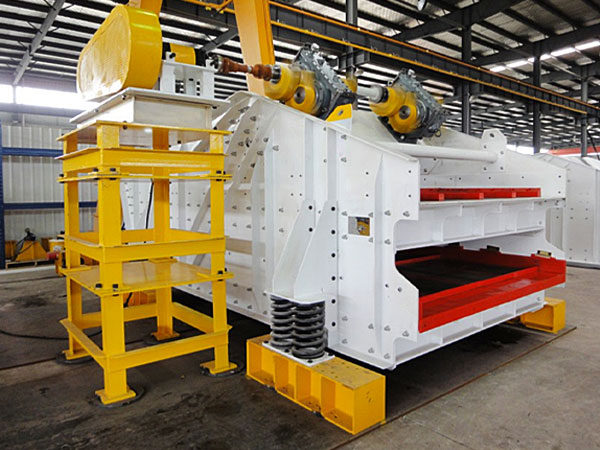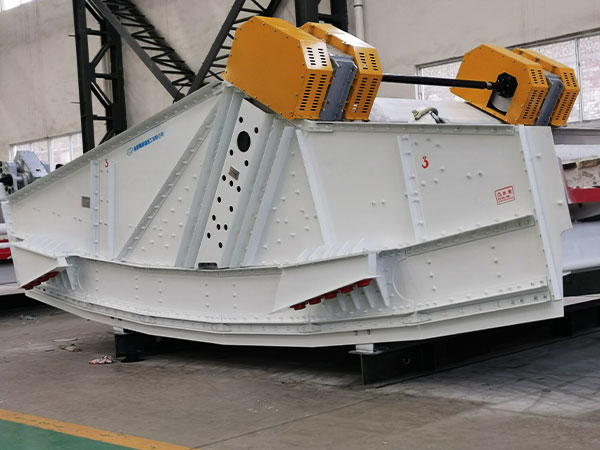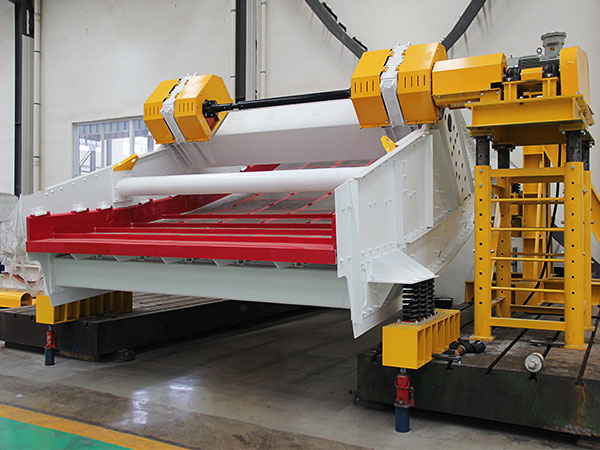What are the differences between linear vibrating screens and circular vibrating screens?
Linear vibrating screens and circular vibrating screens are both types of vibrating screens used in various industries for screening and grading of materials. While they serve similar purposes, they have distinct differences in terms of their design, motion pattern, and applications.
The differences between linear and circular vibrating screens

Motion Pattern
Linear Vibrating Screen: In a linear vibrating screen, the motion is linear, meaning that the vibration exciter moves in a straight line along the screen surface. This produces a linear motion that facilitates the screening of materials in a uniform manner along the length of the screen.
Circular Vibrating Screen: In a circular vibrating screen, the motion is circular or elliptical. The vibration exciter generates a circular motion, causing the material to move in a circular path on the screen surface. This motion pattern is effective for screening materials that require a stratified distribution or for applications where high screening efficiency is needed.
Screening Efficiency
Linear Vibrating Screen: Linear vibrating screens are generally more efficient for screening fine particles and materials with low moisture content. They provide high screening accuracy and can efficiently remove oversized particles from the material stream.
Circular Vibrating Screen: Circular vibrating screens are often preferred for screening bulkier materials and materials with higher moisture content. The circular motion helps to prevent material from sticking to the screen surface, reducing the risk of clogging and improving screening efficiency for certain applications.

Screening Surface Area
Linear Vibrating Screen: Linear vibrating screens typically have a larger screening surface area compared to circular vibrating screens of similar dimensions. This allows for higher throughput capacity and improved screening efficiency, especially for applications with fine particles.
Circular Vibrating Screen: Circular vibrating screens have a smaller screening surface area compared to linear vibrating screens of similar dimensions. While they may have lower throughput capacity for fine particles, circular screens are effective for applications requiring efficient screening of bulkier materials.
Application
Linear Vibrating Screen: Linear vibrating screens are commonly used in industries such as mining, metallurgy, coal, construction, and chemical processing. They are suitable for screening various materials with particle sizes ranging from fine to coarse.
Circular Vibrating Screen: Circular vibrating screens are widely used in industries such as quarrying, aggregate production, mining, and recycling. They are particularly suitable for screening bulkier materials, aggregates, and aggregates with high moisture content.
In summary, the choice between linear and circular vibrating screens depends on factors such as the type of material being screened, desired screening efficiency, throughput capacity, and specific application requirements. Both types of vibrating screens have their advantages and are suitable for different screening applications.





